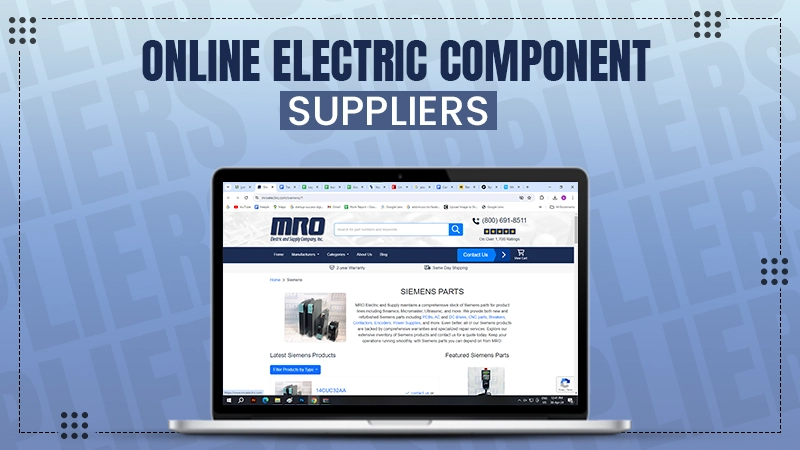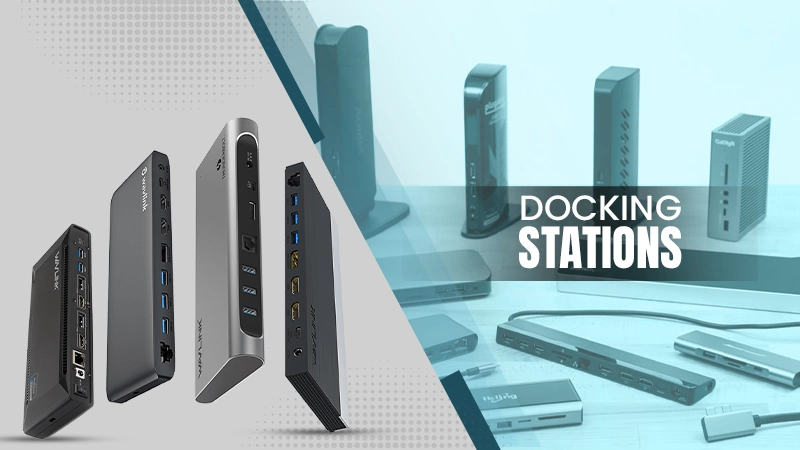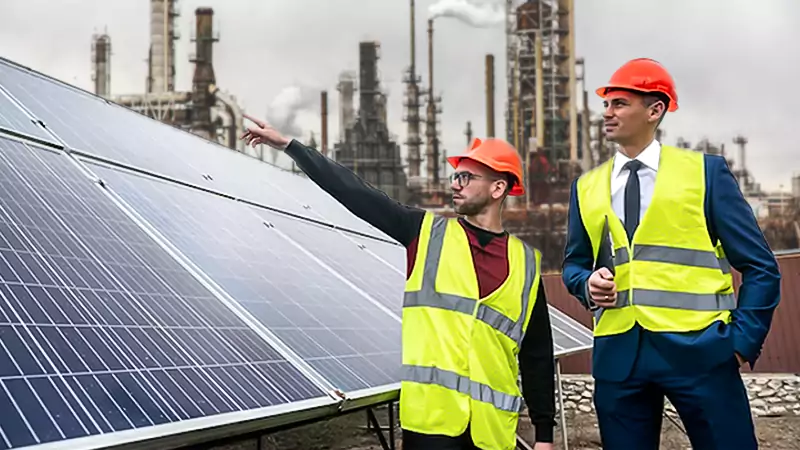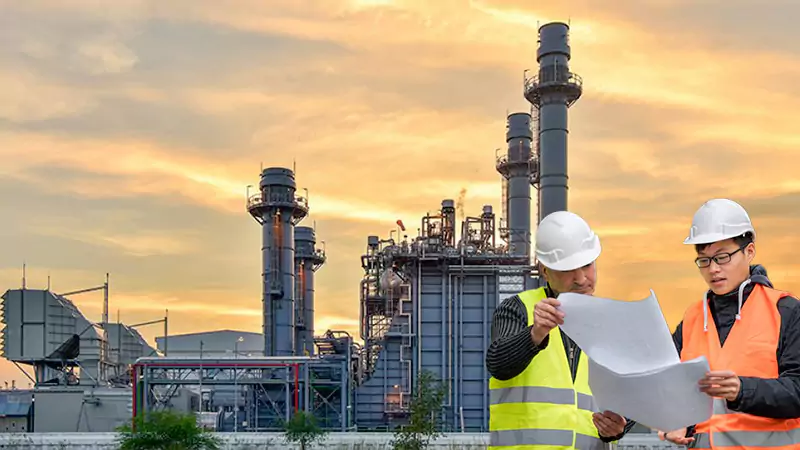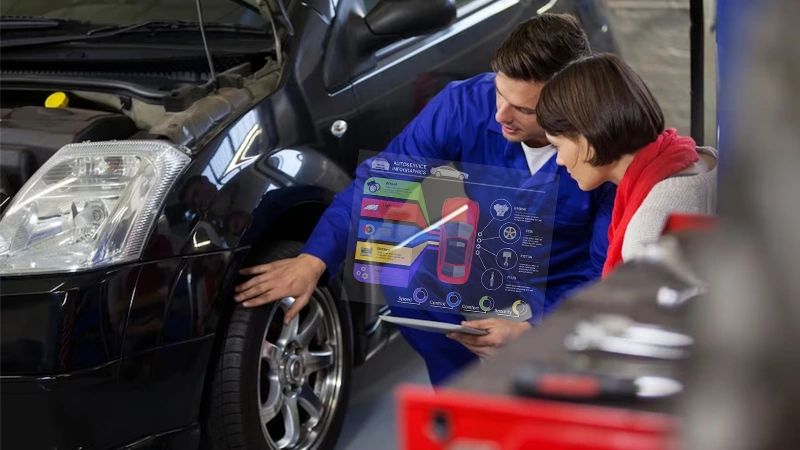Innovations in Construction Safety: How New Technologies are Paving the Way for Zero Accident Sites
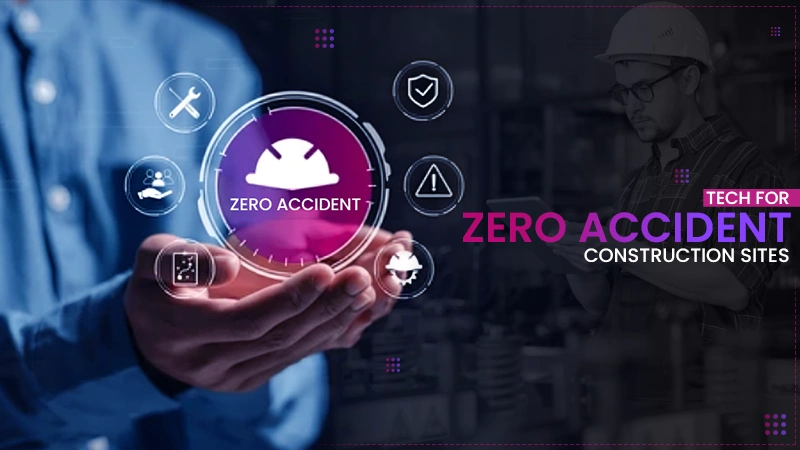
Construction is a high-risk line of work that requires some top-level management skills.
And no matter how hard the construction companies try to keep their workers safe, the construction sites remain in an intrinsically hazardous atmosphere.
Although work safety is a primary concern across all industries, when it comes to the construction sector, it takes on a heightened significance. Also, learn about How AI Is Enhancing Modern Digital Technologies in this guide.
And just so you know, nearly two-fifths of the construction workers believe that accidents are almost “inevitable” on their work site. And almost half of them feel that their employers could do “more” to enhance construction site safety.
But, What is that “more” that could be done?
Well, let’s find it out together. In this read, we’ll explore how the integration of the latest technology and innovation can help in protecting workers and ensuring their well-being.
But First, Why Exactly Do We Need Safety on a Construction Site?
Well, let’s open up with a recent research report. Did you know that contractors who invest in quality cutting-edge technology reduce 59% of the injuries and accidents in a construction site?
Construction jobs can be physically dangerous and accidents can lead to some severe injuries or even death. This is why investing in a proper safety measure is not only a moral responsibility but also a legal requirement.
Investing in safety measures can significantly reduce the risk of an accident, and positivity contributes to the productivity and the project’s timeline. This also reduces noise and dust pollution and ensures a healthy and safe living environment for the residents.
So, How is Innovation Impacting Construction Site Safety?
Technological advancements in construction sites play a major role in enhancing the quality and profitability of a project while enhancing the overall workers’ safety.
Innovative technology can revolutionize the way these projects are being executed and help accelerate the constructor’s excellence.
So, here take a look at 5 areas of innovation that can significantly improve the worker’s job site safety:
Smart-Tech Wearables
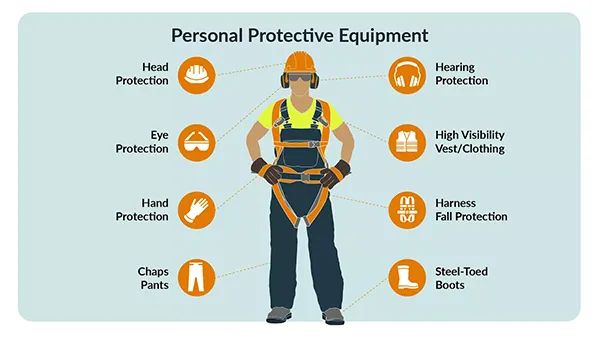
Perhaps one of the most advanced technologies in the construction site, wearable technology has taken the workers’ safety by storm. These devices help workers catch critical signs, detect failures, or even alert them in real-time danger.
Here are a few examples of smart tech wearable technology:
- Smart helmets: Equipped with cameras and sensors, smart helmets offer dual protection and can easily detect signs of fatigue. It signals workers about the right time to take a break. This also detects the hazardous gas level and temperature and alerts the wearer about other potential dangers.
- Smart West: Often equipped with biometrics and environmental sensors, Smart West can constantly track a worker’s heart rate and fatigue level.
- Wristbands and smartphones: This closely monitors the health of the workers to prevent overexertion. It also detects failures and alerts emergency crews with just a press of a button.
Augmented Reality (AR) and Virtual Reality (VR)
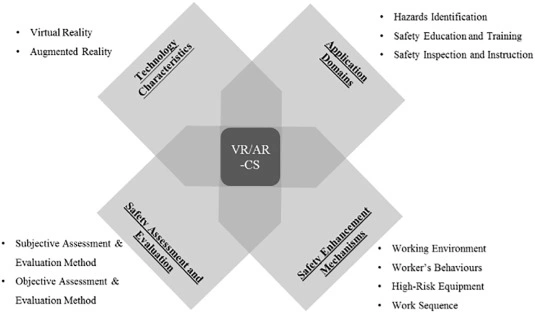
AR and VR technology provide an interactive environment that can be useful for construction training and stimulating different scenarios. This way, workers can undergo virtual training before stepping into the actual field.
Did you know?
The AR/VR market is growing at lightning speed. The AR market is projected to grow from $15.3 billion in 2020 to $77.0 billion by 2025 with an average CAGR of 38.1%.
Similarly, the VR market is expected to grow from $6.1 billion in 2020 to $20.9 billion by 2025 with an average CAGR of 27.9%.
Drones & Aerial Surveys
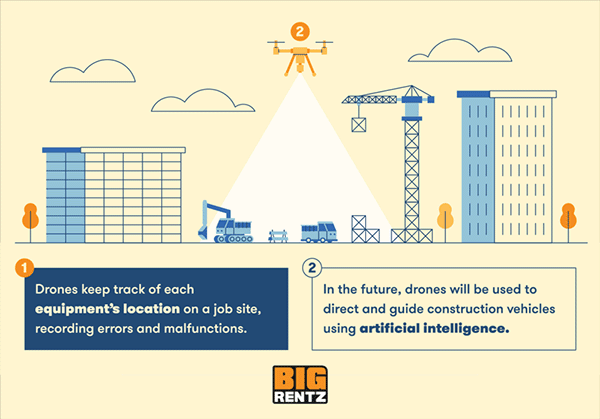
Drone technology has been advancing at lightning speed and quickly became an indispensable tool at a construction site. This offers a birds-eye view and enables managers to effectively inspect the hard-to-reach structures.
Drones also provide physical support for jobs that require heavy lifting and help in identifying potential hazards. This reduces the need for frequent manual inspection and provides valuable data for proper risk management.
Data-Driven Safety Management
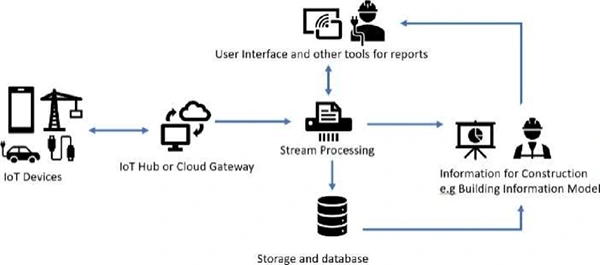
Data-driven safety management includes predictive analytics for risk assessment, cloud computing, and the integration of the Internet of Things (IoT) in safety management.
Let’s take a look at them one by one:
- Predictive analytics: Predictive analytics leverages historical data to identify high-risk areas where accidents may occur. This proactive approach allows managers to efficiently allocate resources to risky areas.
- Cloud-Based Safety Compliance Tools: Cloud computing offers a centralized platform for storing and managing safety data. It provides real-time updates which are accessible from any location and streamlines the safety management process.
- IoT (Internet of Things): The integration of IoT devices includes sensors that can monitor the conditions of machinery and allow for predictive maintenance. It helps reduce the downtime of the machines and the likelihood of accidents.
Final Thoughts
In closing, as the construction sector is continuously booming with an average CAGR of 6%, These technical innovations are revolutionizing the industry by streamlining risk identification, observing workforce safety, and enhancing overall project execution.
This data-driven approach lowers the costs of accidents and improves business morale, and increases the worker’s productivity.
